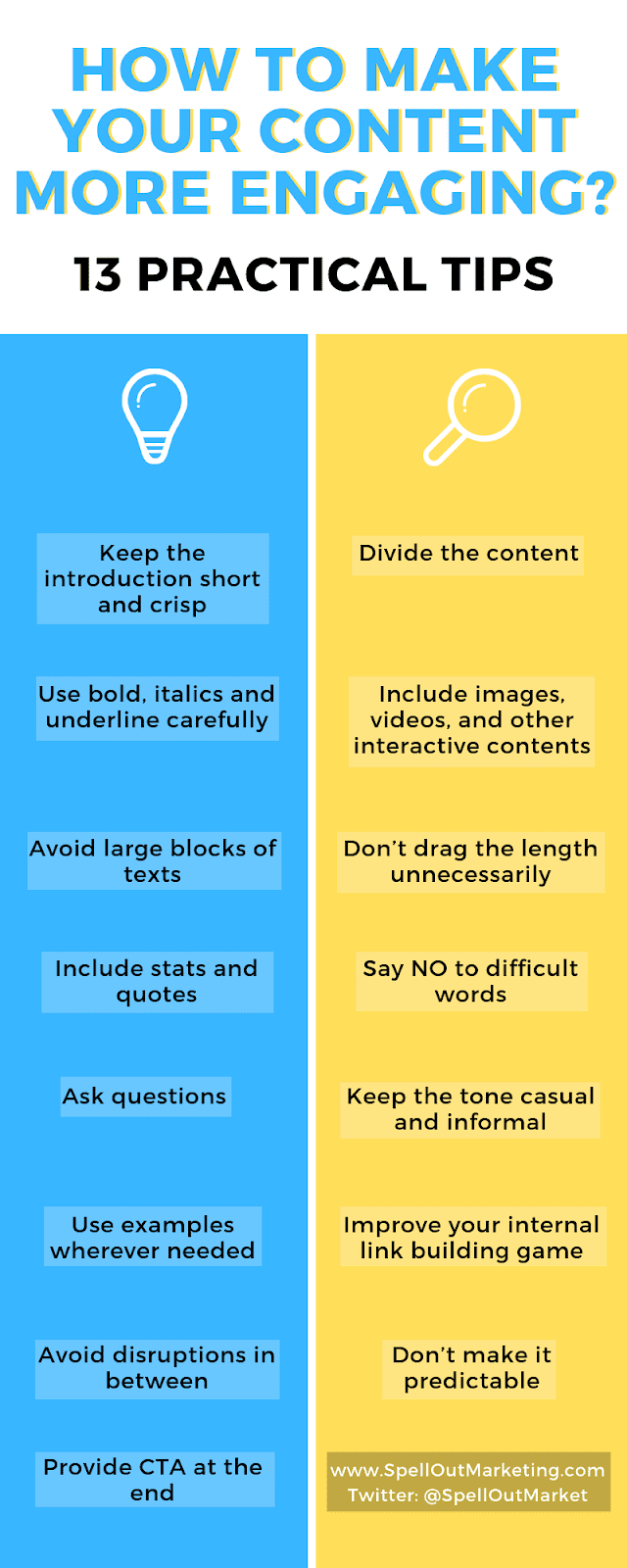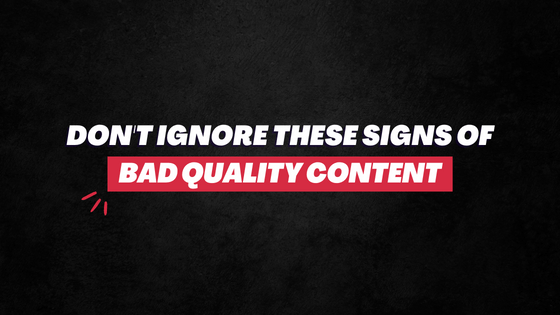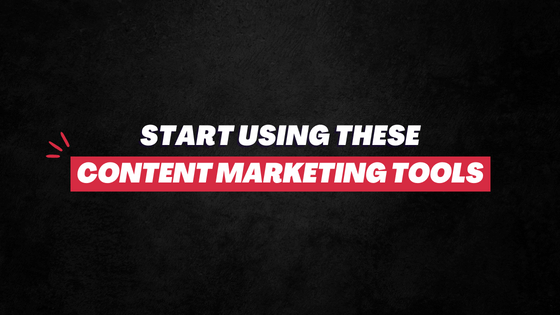When the bounce rate is high, the session duration is low and conversion is poor…
Most of us have run into this basic question:
How to make my content more engaging?
Or, to be more precise:
How to make boring content interesting?
After all, higher engagement is the key to addressing the mentioned problems: high bounce rate, low session duration, and poor conversion. It is the key to SEO and content marketing success.
Fortunately, the answer to this question isn’t too difficult.
Let’s jump in!
Here are 15 ways how you can do it:
1. Keep the introduction short and crisp
As you see in this post. ☝️
Do not delay in getting to the “meat” of the content.
Avoid long intros where you first explain to readers their problems in detail. They know that already. That’s why they are here, don’t you think?
2. Divide the content
Segment your content into different categories and sub-categories.
This makes skimming the content easier. Plus, it makes the page look quite organized and neat.
It eventually gets readers to stick around on the page for longer, which improves the engagement rate.
3. Use bold, italics, and underline carefully
They catch attention… more so of those visitors who are here just to skim through the content.
They stop people on their trail to demand more attention to certain phrases and lines.
So, use them strategically to re-focus visitors on things that you want them to focus on.
4. Include images, videos, and other interactive content
Good visuals are part of an effective content marketing strategy.
They add a break (to breathe) between your texts. They add more value to what you’re saying, making it more impactful.
So, include relevant images in your content.
Recommended Read: How Many Images To Use In a Blog Post
Embed relevant videos.
In addition, there are many other types of engaging content – like slideshows, embedded calculators, screenshots, embedded social media posts, and more.
Depending on your needs, you can find many interactive content ideas.
Media consumption improves your engagement rate.
(This blog post originally included images. But while migrating from the previous CMS to WordPress, the formatting got f$cked and I had to delete those images!)
5. Avoid large blocks of texts
Write shorter sentences. Have shorter paragraphs.
They provide readers the room to breathe, take a micro-break to understand what they have read, and then continue.
Large blocks of text not only look visually congested, but they also make visitors feel overwhelmed with the sense of “too much to read and understand”.
6. Don’t drag the length unnecessarily
Never write more than what you should. Long, unnecessarily-stretched content delivers a poor user experience.
When it’s too damn long, visitors would stop engaging with the content. Remember, you’ve got to respect their time.
Recommended Read: The Myth of 1,890 Words Long Articles: Long Form Content and SEO
Stick to your points. Focus on bringing value to readers in a direct and crisp way without wasting their time.
7. Include stats and quotes
They hook readers to pay more attention.
If too surprising or intriguing, the quotes and stats demand readers to stop and think.
To that, they add more credibility and value to whatever you’re saying. This positively plays for your engagement.
8. Say NO to difficult words
Do you think people will engage with content that they don’t completely understand? Likely not!
NEVER pull fancy words. You’re writing web content. Not a novel.
9. Ask questions
Do you see the way I’ve been asking questions to you in this post? Like that!
Ask simple questions to the readers – likely with yes/no, agree/disagree, or very obvious answers.
It makes the content a two-way conversation, which enhances its engagement factor.
10. Keep the tone casual and informal
Again, you’re not writing a novel. This isn’t a thriller.
It’s like two friends talking to each other. Be casual and informal in your tone.
Make it sound like you’re a friend of the reader who genuinely cares about them
11. Use examples wherever needed
Some ideas and concepts are difficult to explain. Giving examples make them easier to understand.
Also, giving (small) examples of the problem before leading readers to the solution can make them feel more connected/empathetic to you and your content.
12. Improve your internal link-building game
Place sufficient and relevant links in your content to different pages on your domain.
Navigate readers to different pages to drive them more value.
When they click on these links, they are evidently engaging with your content/website. It helps your SEO, as well as conversion.
13. Avoid disruptions in between
Visitors are here on the landing page to consume the content you promised either on Search Engine Result Page or Social Media (through headlines and descriptions).
Now, if you’re going to disrupt them from consuming that content, it would very certainly shape their experience poorly.
And they might decide to NOT engage with your content/website further.
So, as long as possible, avoid popups, scroll boxes, welcome mats, and other UX-disruptive components on your website.
14. Don’t make it predictable
If your content is too predictable, the visitors would barely skim through it and leave.
They wouldn’t want to consume content and engage with it that they already have a fair idea of what it is.
Even if you’re writing on a very cliché topic, try to bring unique takes to it.
15. Provide CTA at the end
If you don’t tell readers what they should do next, they are going to leave the page once they’ve got the solution to their problem.
This is why offering a call-to-action at the end of the content is very important.
It could be anything – download a report, give their email address, make an inquiry, go to the sales page, and more.
Measuring the effectiveness of CTAs helps you measure how successful was your content in engaging the readers.
Besides, why would you want to engage visitors in the first place?
Of course, you want them to take a certain action that takes you closer to your business goals. Right?
So, CTA is essential!
Recommended Read: How to Create CTA Button That Converts Big: 9 Actionable Tips
Conclusion
These are 15 practical ways how to make your content more engaging.

Remember, there isn’t any secret to what makes content engaging. It’s as simple as talking.
Write exactly the way you talk.
Write for humans and not for search bots. Write for your target audience. And write like you’re talking to a friend.
Recommended Read: 9 Killer Tips To Increase Your Organic Click-Through Rate
Hope this post brought you value. If it did, please share it on Facebook, Twitter, or LinkedIn. 🙂



